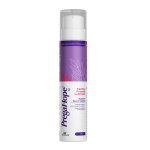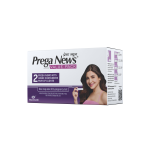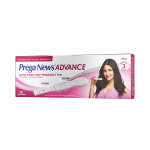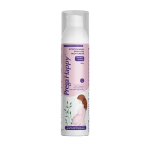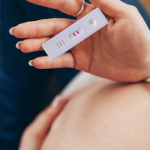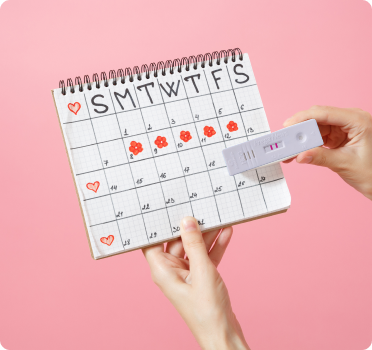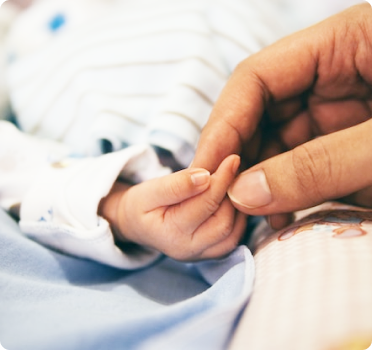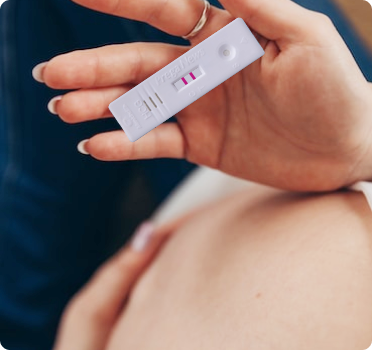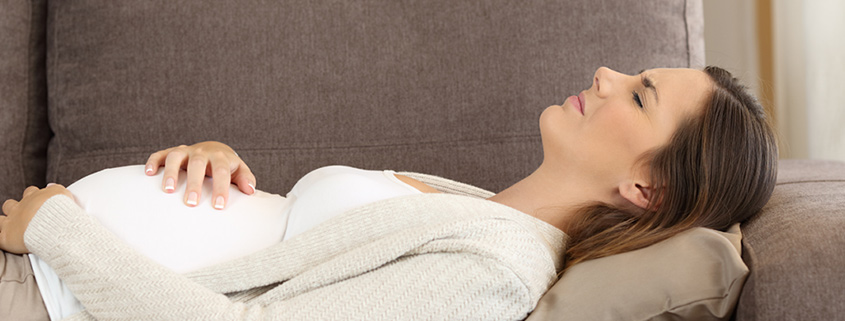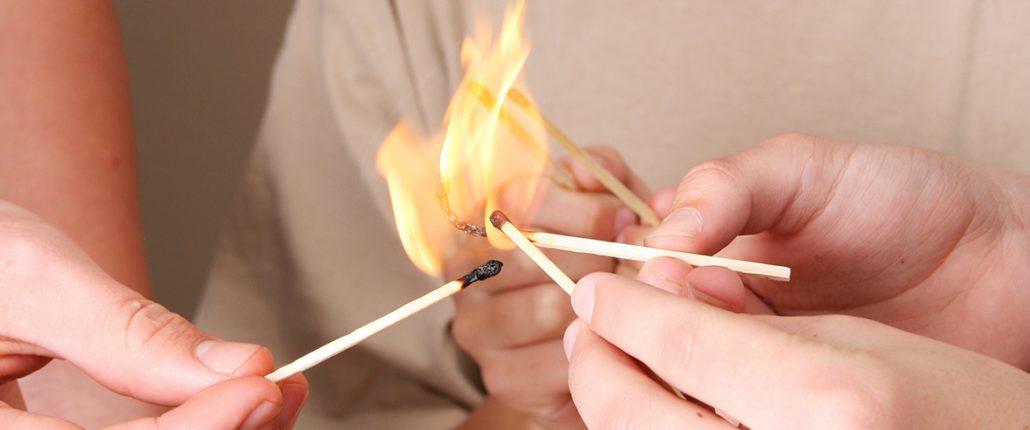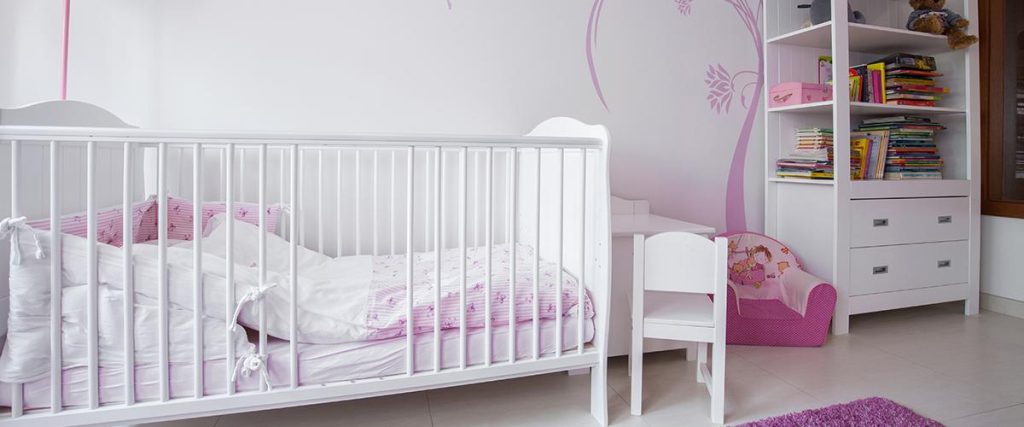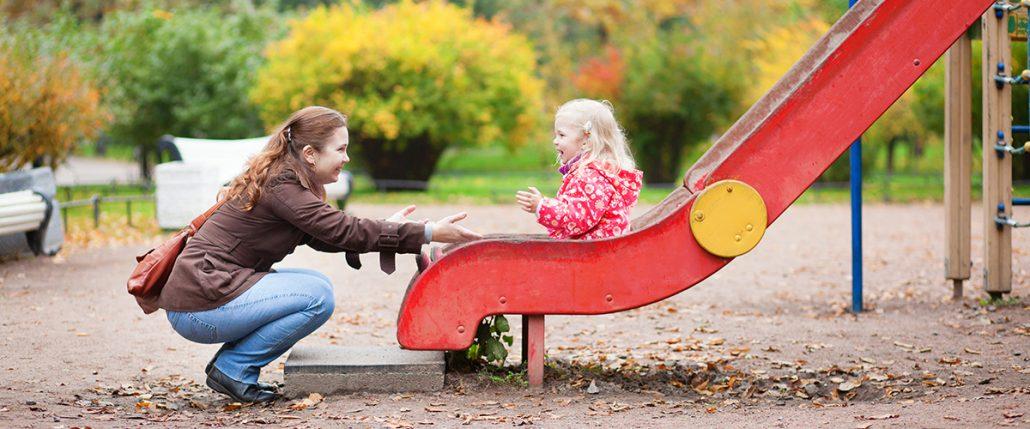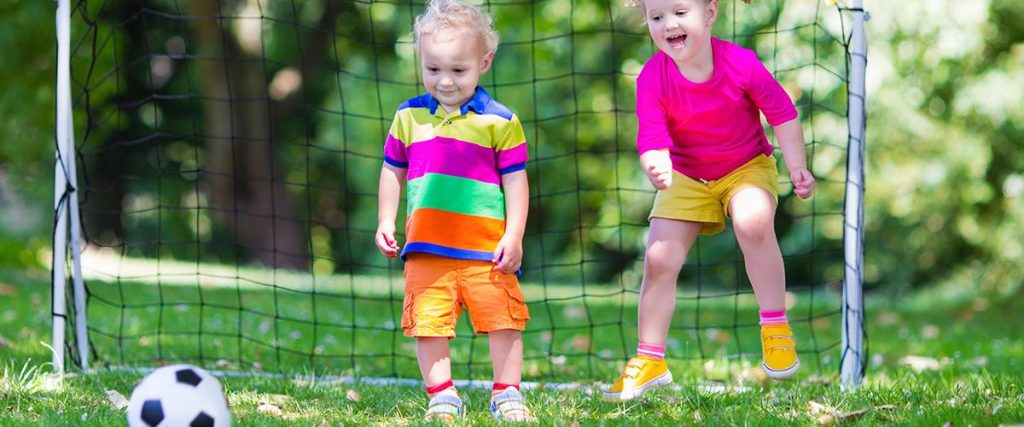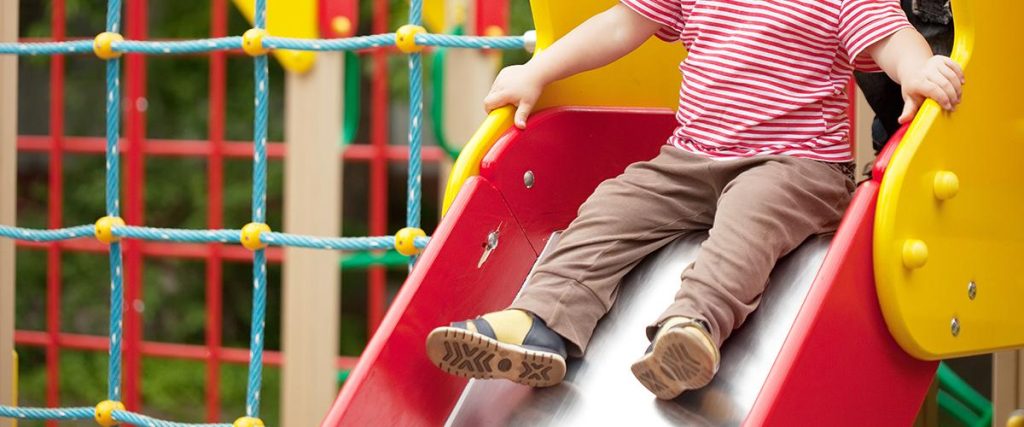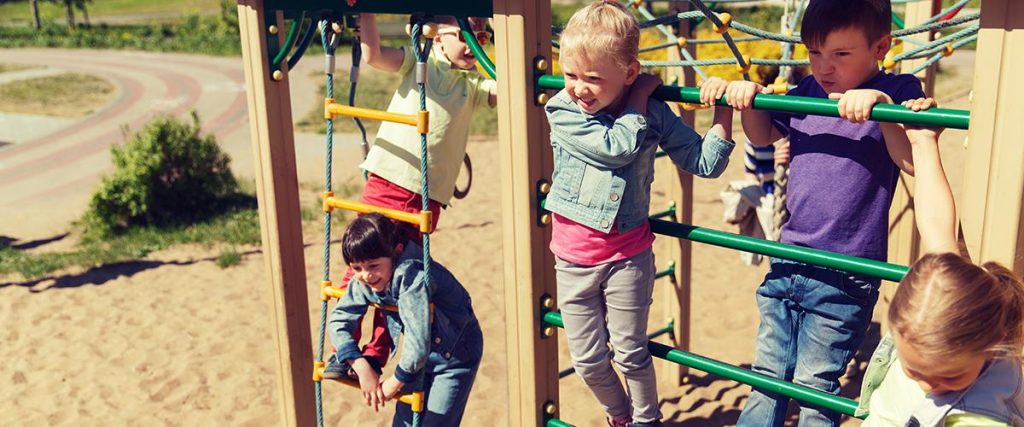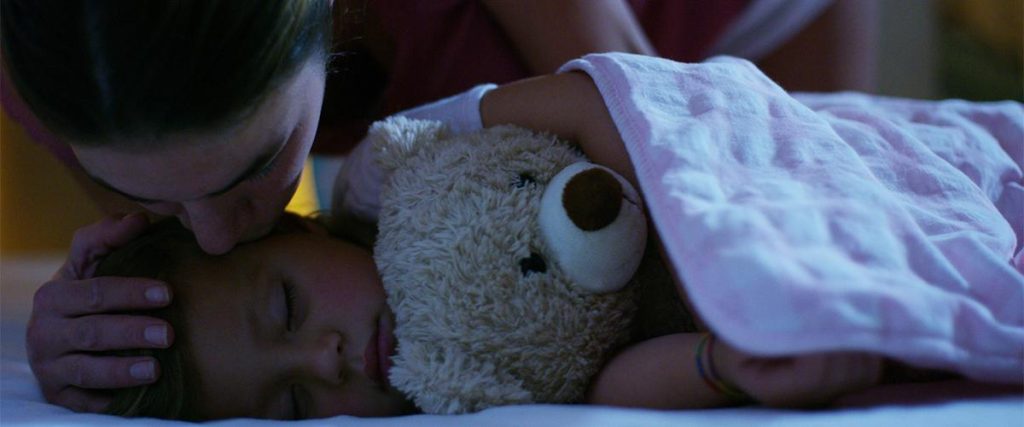Common Complications During Pregnancy
As soon as the news of early pregnancy symptoms starts popping, people start buzzing in the mother’s life with their advices and stories, most of which you should ignore. But, if the scary story of how one of your distant relative had a serious complication has stuck inside your head then, let us clear it for once and for all. Most pregnancies are UNCOMPLICATED. So, don’t let the bad things get to your head. Do not overthink about those signs of pregnancy; they are normal. But, if you want to educate yourself regarding common complications; then read on.
1. Low amniotic fluid
The amniotic sac is filled with liquid that protects and supports your baby during the course of your pregnancy. Under normal circumstances, the liquid increases till the beginning of your third semester; after which it gradually decreases till the day of your delivery. If you have low level of amniotic fluid, then the caregiver will follow your pregnancy closely to ensure that the baby is growing fine. If you are near your term, then labor will be induced or the doctor will have to opt for a C-section.
2. Excessive amniotic fluid
Having excessive amniotic fluid in your belly is also a complication a lot of women suffer through their pregnancy. The scientific term for this condition is Polyhydramnios. The earlier this condition occurs in the course of pregnancy, the more severe it gets. In most moderate to severe cases, the overly enlarged uterus exerts pressure on other organs which leads to problems like difficulty in breathing, swelling in lower extremities, decreased urine production and constipation etc. But, fortunately most delivery cases of polyhydramnios can be handled through a Caesarean.
3. Preeclampsia
Preeclampsia is a serious complication that causes high blood pressure, kidney damage and other problems but, only affects about 5% of pregnant women. Women who have Preeclampsia develop mild symptoms during the end of their pregnancy and most mothers do fine with proper care. But, in some cases it progresses quickly, it can cause greater risks to the mother and the baby. In severe cases of Preeclampsia, baby is delivered earlier than the scheduled time.
4. Placenta Previa
Gestational diabetes is a condition wherein a pregnant woman develops diabetes due to the high surge of sugar level in her body. This condition can be harmful for the baby if not taken care of. In most cases, gestational diabetes can be controlled by following a strict diet plan which is rich in fibre and low in carb or you can consult a dietician to prescribe a personalised diet plan according to your results.
5. Ectopic Pregnancy
Under normal conditions, placenta lies close to the top of the uterus and supplies required nutrition to the growing embryo. But, in a woman who has Placenta Previa, the placenta lies unusually low in the uterus; almost next to the cervix or covering it. In most cases, the placenta corrects itself as the pregnancy progresses but can be harmful if it continues to lie low in the uterus. This condition affects 1 in every 200 pregnant women and smoking cigarettes and use of drugs makes a woman’s body more prone to this condition.
6. Ectopic Pregnancy
After the fertilization, the egg travels to the uterus where it gets implanted and grows into a baby. Ectopic pregnancy is a condition where the egg gets implanted outside the uterus leading to severe complications. Since, the vast majority of ectopic pregnancies occur in a fallopian tube, this condition is also called tubal pregnancy. It’s important to detect this problem in the early stages as the growing embryo can rupture the mother’s fallopian tube and lead to internal bleeding that can be fatal.
As an expecting mother, you should be concerned about the well-being of your growing baby but the complications should not become a cause of distress. So, relax and enjoy the beautiful journey to motherhood.


